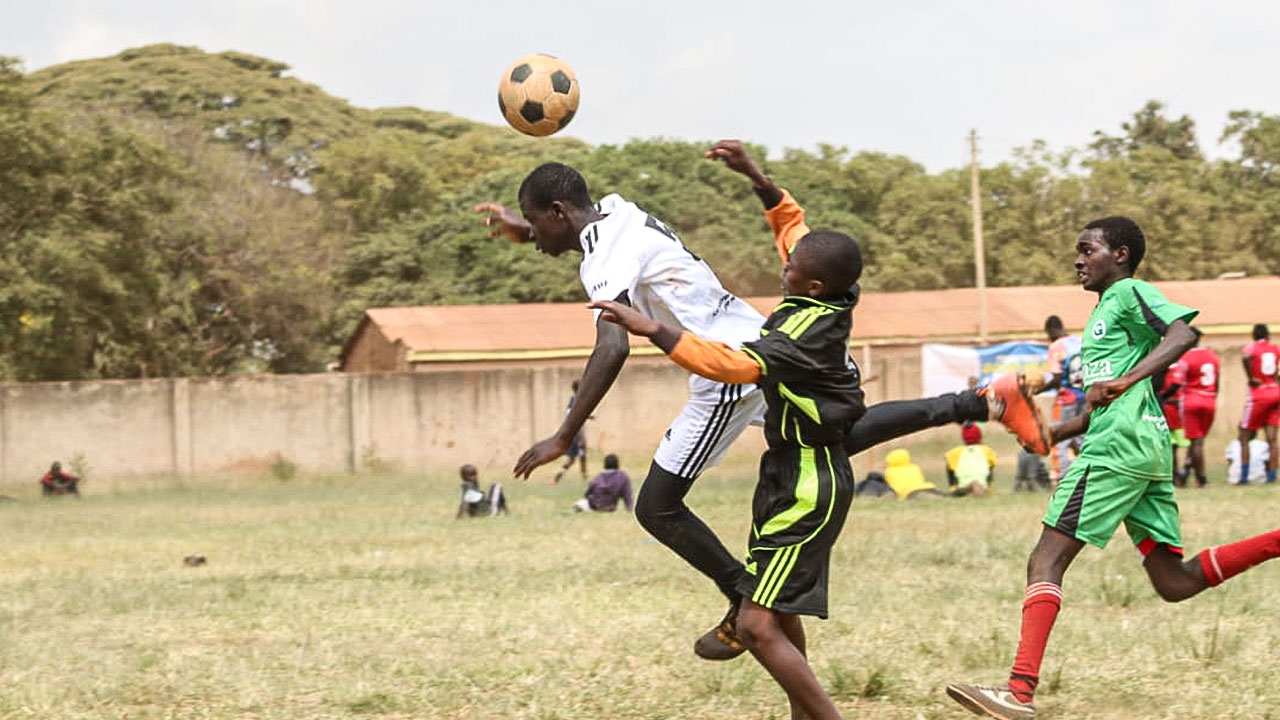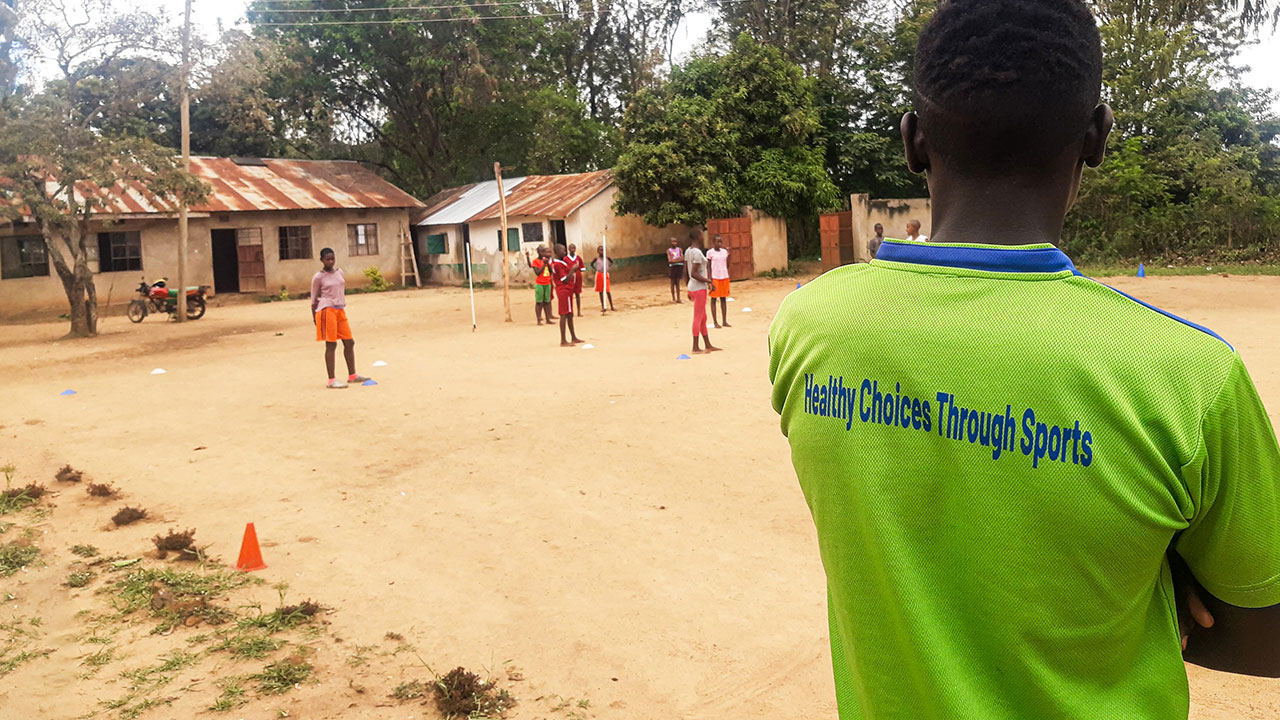The simplicity of the game and the low infrastructure requirements make handball an ideal sport for communities with limited resources.
Unlike sports that require elaborate facilities or equipment, handball can be played on open courts with little investment in balls, hats or jerseys. The low barrier to entry enables children and young people to participate in regular physical activity and organised sport. This makes handball an accessible and effective activity for social sport projects with limited training opportunities.
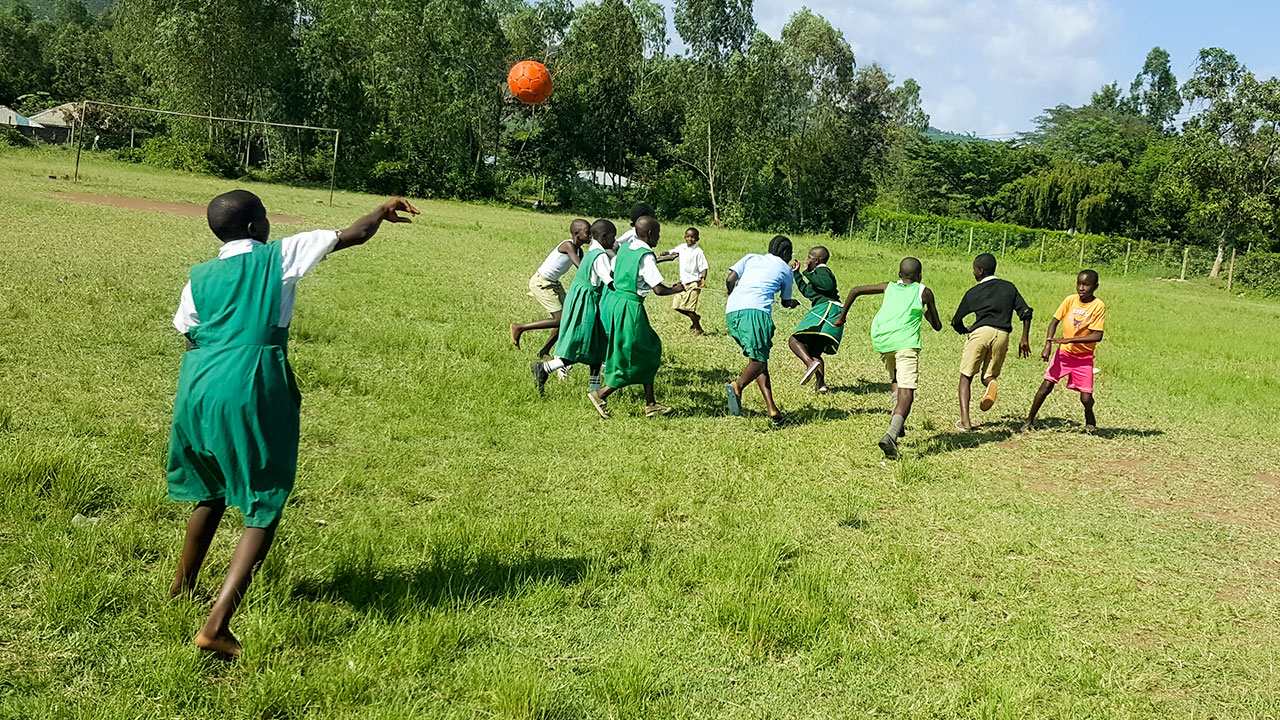
The adaptability of handball to different playing surfaces increases the possibility of playing even without optimal conditions. Whether on grass, sand or concrete, handball retains its sporting character. Compared to football, handball has a smaller field, smaller goals and fewer players per team, which makes it more attractive to use areas such as small parks, school playgrounds or car parks.
The game can be adapted to the external conditions, e.g. fewer players on smaller pitches or no physical contact on hard surfaces. However, the aim of the game and the basic rules remain the same in all adapted forms of the game. Handball therefore offers social sport projects the flexibility to use various available spaces in the community and surrounding area for sporting activities, so that the lack of a dedicated sports facility is not an obstacle to practising and enjoying handball.
Handball is known for being a fast and dynamic game. It is characterised by fast rallies and many goals.
Unlike football, which is more tactical and often involves long periods of possession, handball is more physical. There is more direct contact and players are not allowed to hold the ball for more than three seconds, which speeds up the game.
Endurance, speed and strength are therefore required and help to improve the general fitness of children and young people.
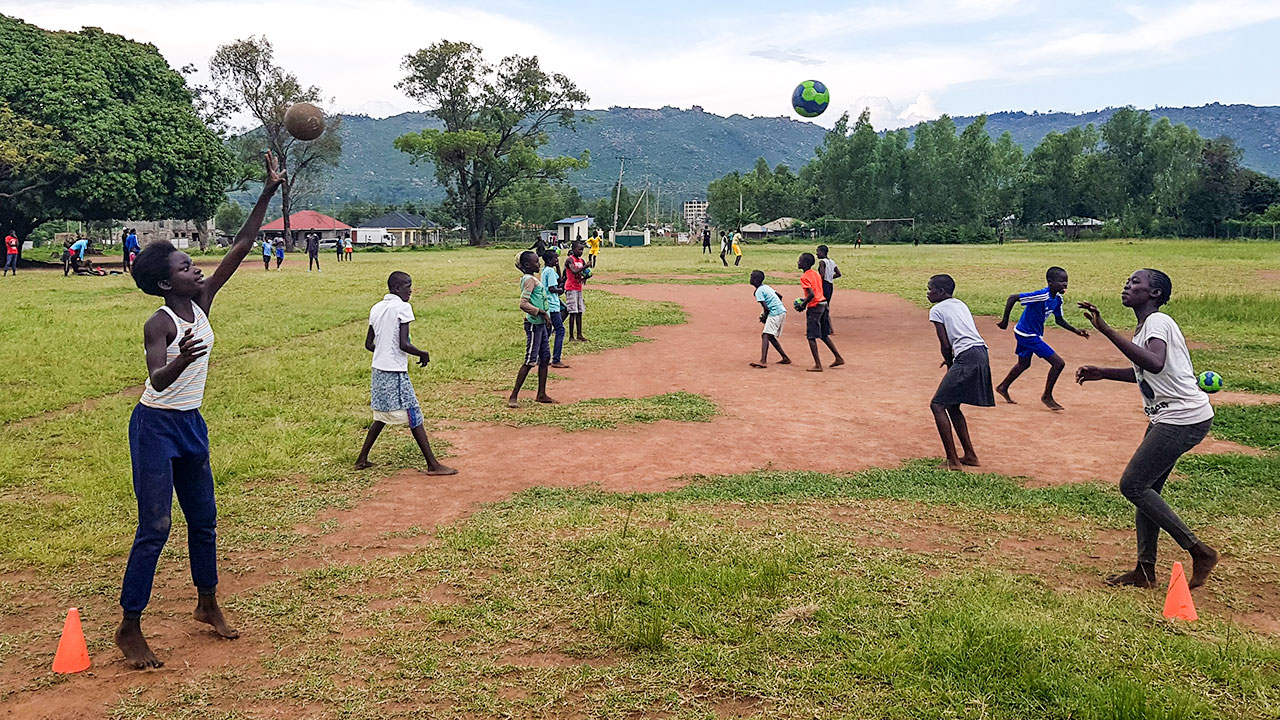
Handball promotes the physical, mental and social development of children and young people through creative forms of play, flexible motor and coordinative skills and an emphasis on teamwork and fair play.
Handball breaks down gender barriers.
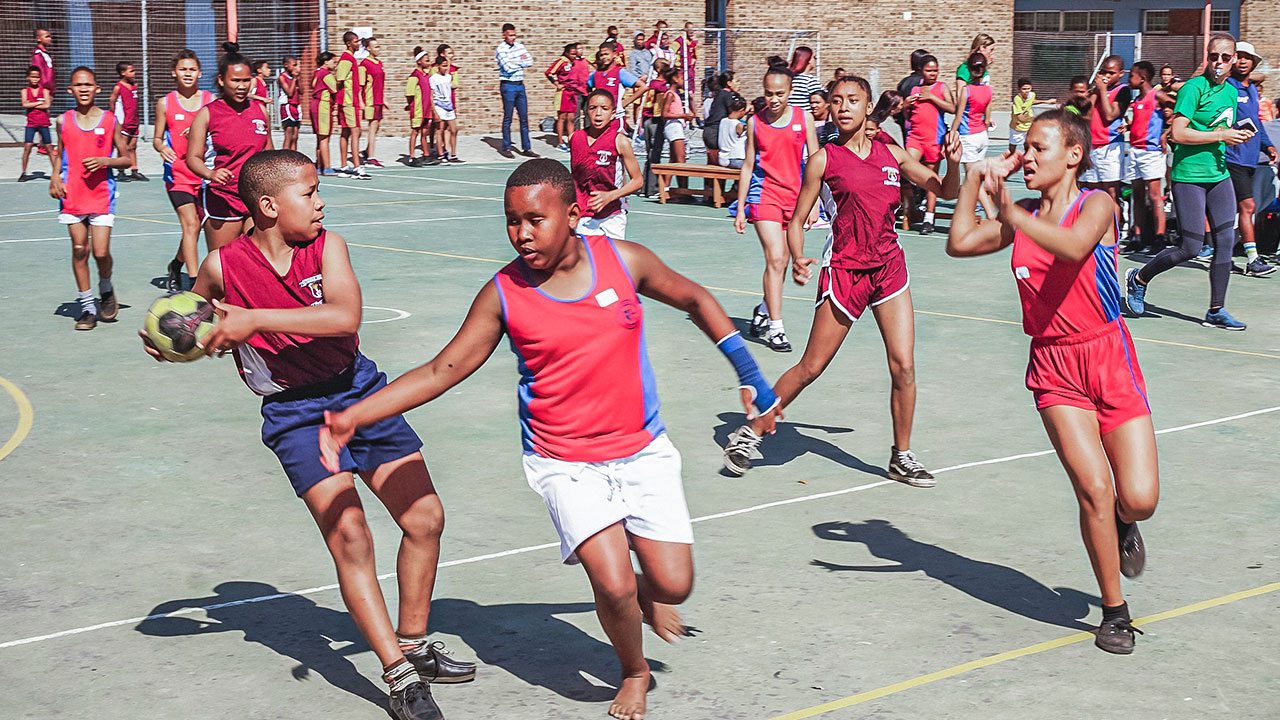
Handball is a sport played by girls and boys all over the world. Unlike other sports traditionally considered ‘boys’ sports’, such as football or rugby, handball offers girls an equal and accepted opportunity to participate, even in ‘traditional’ cultural circles.
Handball shows that girls are just as capable as boys of successfully practising a demanding and physical sport and developing self-confidence and assertiveness in the process. Both physically and mentally. In handball, girls can express their passion and emotions on the court, as competition and shared enjoyment of the game promote positive emotional development.
Social sport projects and events such as small tournaments raise awareness of equality and diversity in sport. Handball events in which girls and boys can participate and learn from each other, or mixed handball teams for children and young people, can help to break down prejudices and promote understanding of the abilities of both genders.
They enable positive interaction and cooperation between boys and girls. This includes socially diverse groups, different ethnicities or tribes, and linguistically diverse teams. As a sports volunteer, you can play an active role in ensuring that boys and girls enjoy sport together on an equal footing.
There are many creative ways to play handball with little equipment and limited training opportunities.
Softball-Handball
Softball handballs are generally softer and more flexible than regular handballs. Using a soft ball reduces the risk of injury on impact. This is especially important for children and beginners. Soft handballs are therefore ideal for beginners who are still getting used to the technique and rules of the game.
The lower hardness of the ball also makes it easier to learn throwing and catching techniques. Softball handballs help develop a better feel for the ball, as the softer structure allows players to grip and control the ball better. The atmosphere of the game is also more relaxed as players do not have to worry about hard hits.
The softer structure makes softball more inclusive for players of all skill levels and ages. Everyone can more easily participate in the game without being exposed to excessive stress. The softer structure also allows the ball to be used in different environments such as smaller gyms, on sandy ground or on grass.
Mini-Handball
Play a simplified version of handball with smaller goals and fewer players. Adapt the number of players to the size of the hall or pitch. This allows larger teams to be split into smaller groups and substitutions to be made more frequently, even in small spaces.
This promotes agility and speed, but also minimises wear and tear. With appropriate breaks in between, more players can still take part.
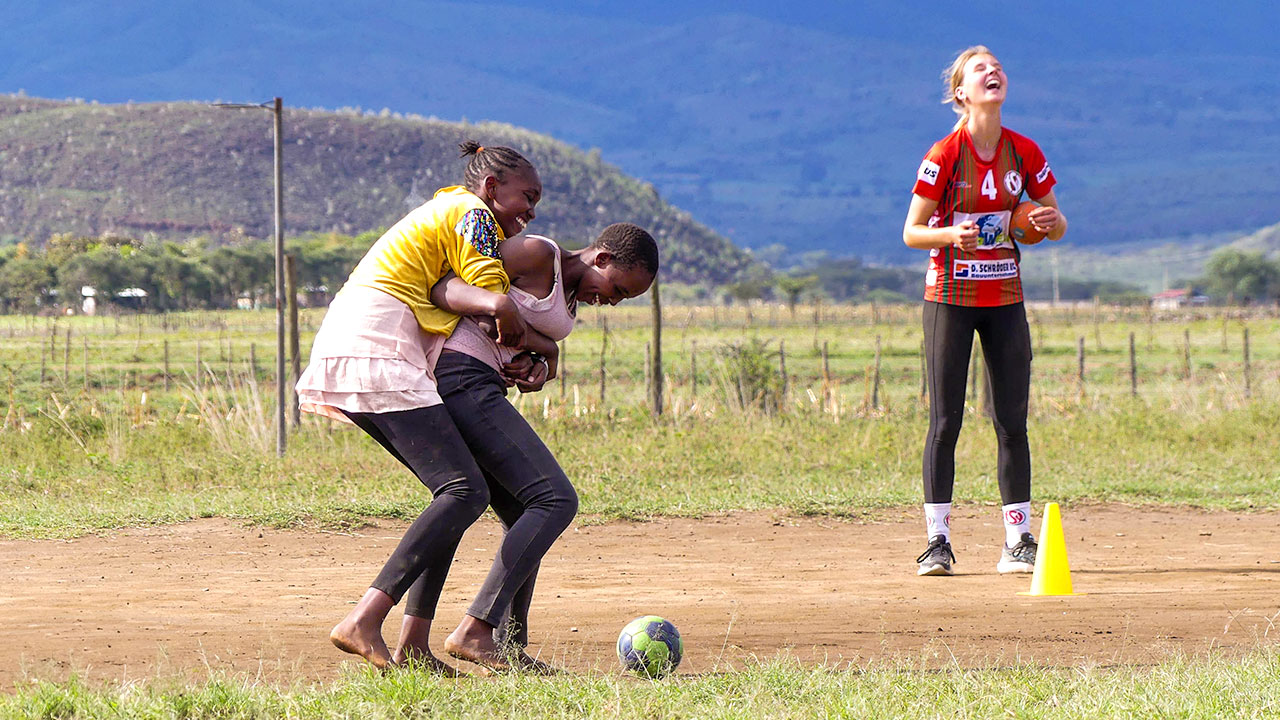
Handball with and without improvised goals
Set up improvised goals, e.g. from hats or jackets. This encourages creativity and allows the game to be played in different places. Of course, only goals thrown between the markers count.
You can also play handball without fixed goals. Instead, you can try to throw the ball into marked areas, or simply count points when a team has completed a certain number of passes. A bucket or barrel can also be used as a goal, or the ball must be placed behind a line.
Ball control exercises and handball variations
Even if a full handball court is not available, use exercises that develop ball control. These include bouncing, passing and throwing exercises. These are good ‘in between’ exercises. They work on feeling the ball, accuracy and reaction speed.
You can also play different types of handball, such as beach handball, street handball or handball tennis. These variations allow children to improve their skills and have fun without actually playing handball with all its rules on a court.
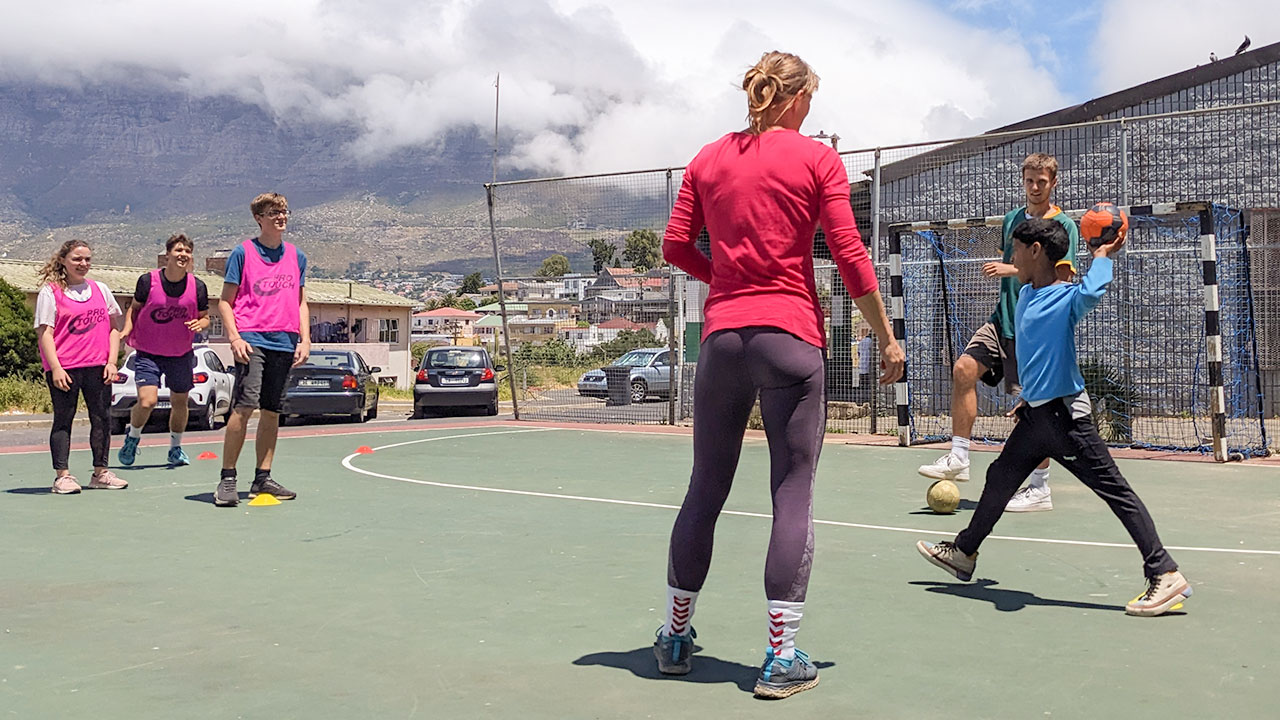
Skill challenges and fun drills
Set small challenges to improve playing skills, such as passing to a specific player, making precise throws to a specific target, or doing quick bounce drills in squats, turns or jumps.
There are no limits to your creativity as a coach in your sport when it comes to playful exercises such as relay races or catching games that develop general basic skills.
Remember that the fun factor should be at the forefront, especially when resources are limited. Children and young people have more fun when they are given the freedom to be creative and enjoy the game in their own way. And as a sports volunteer, you will appreciate this variety.

